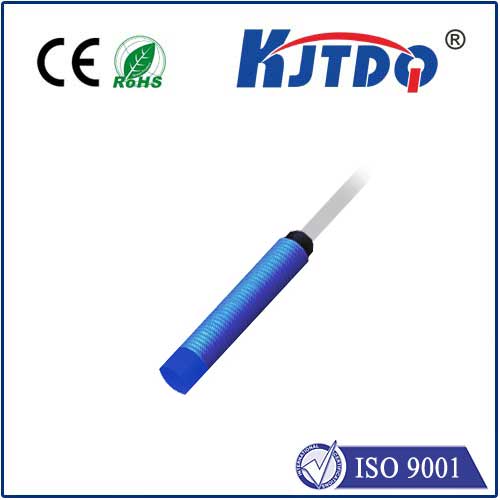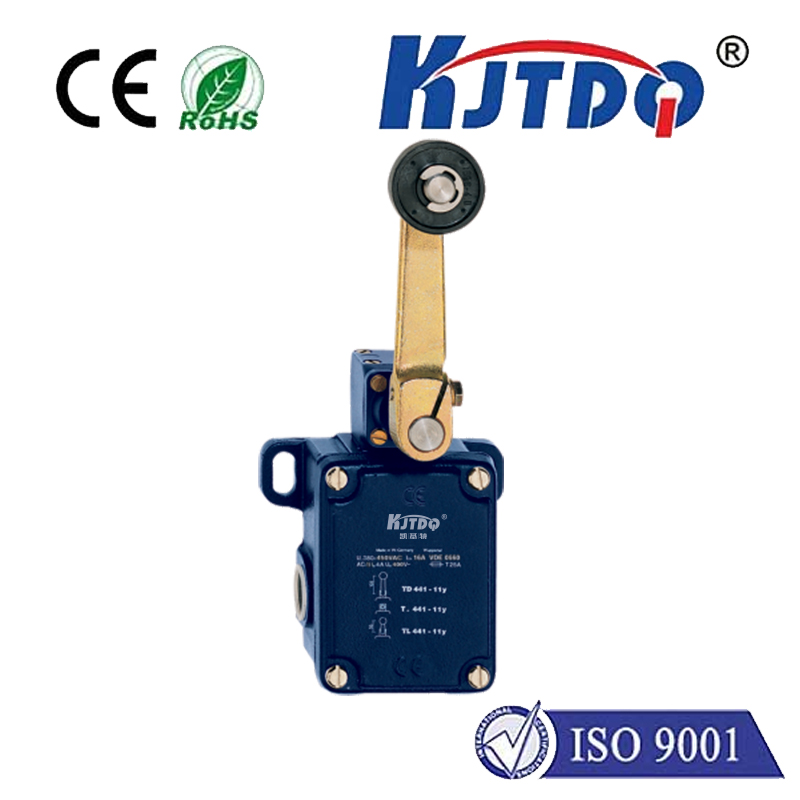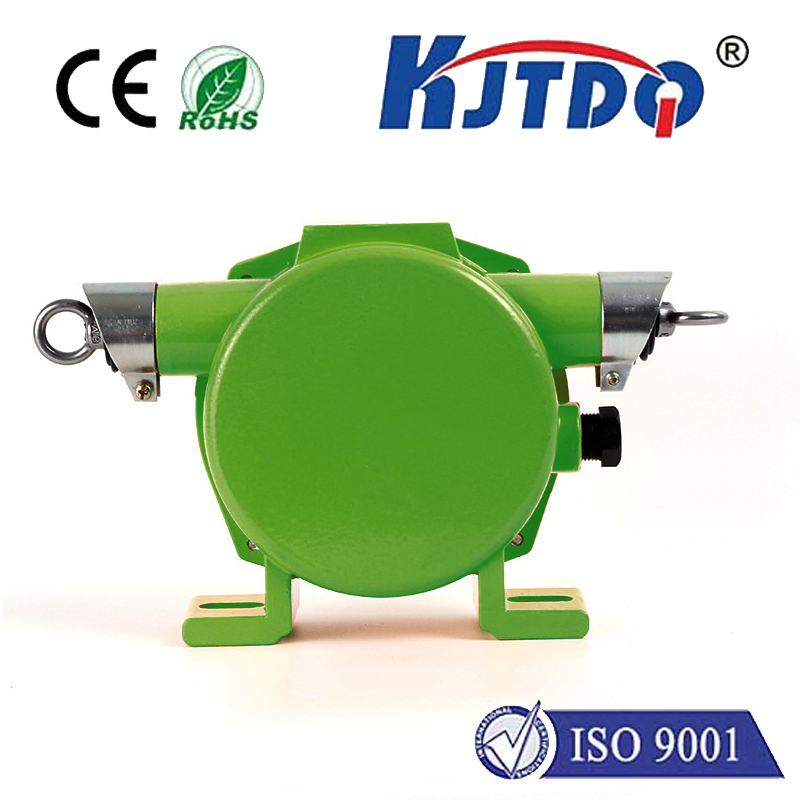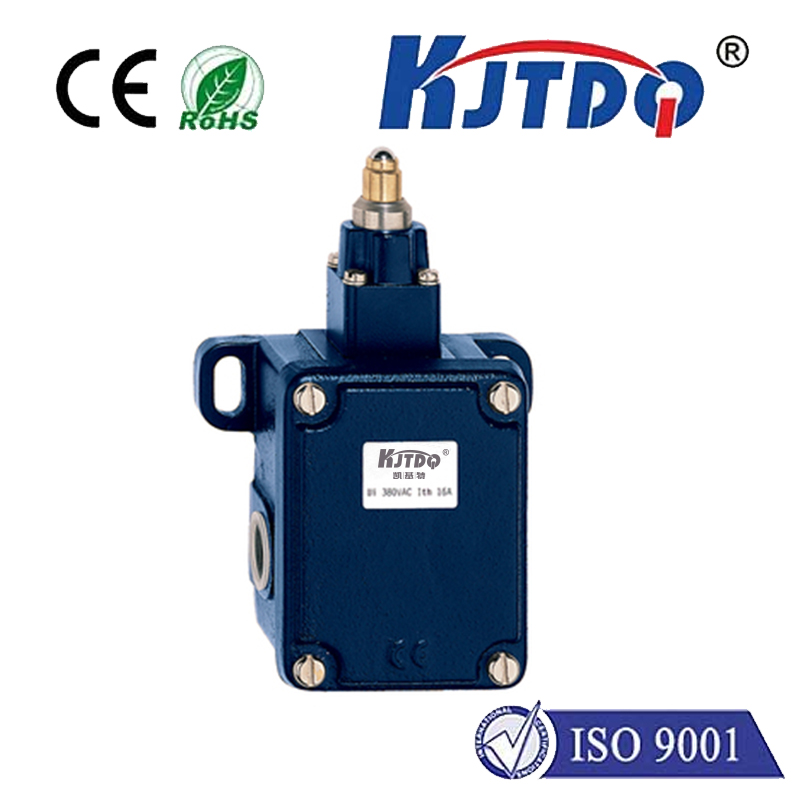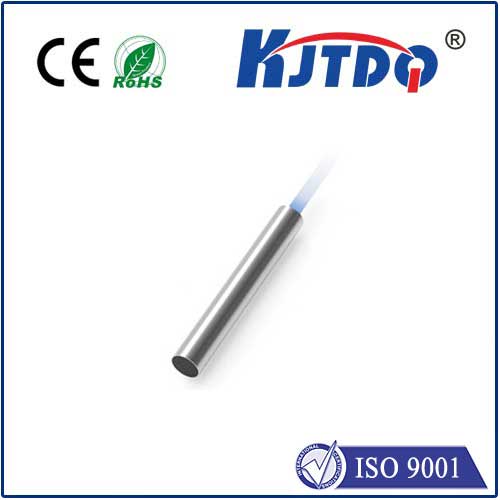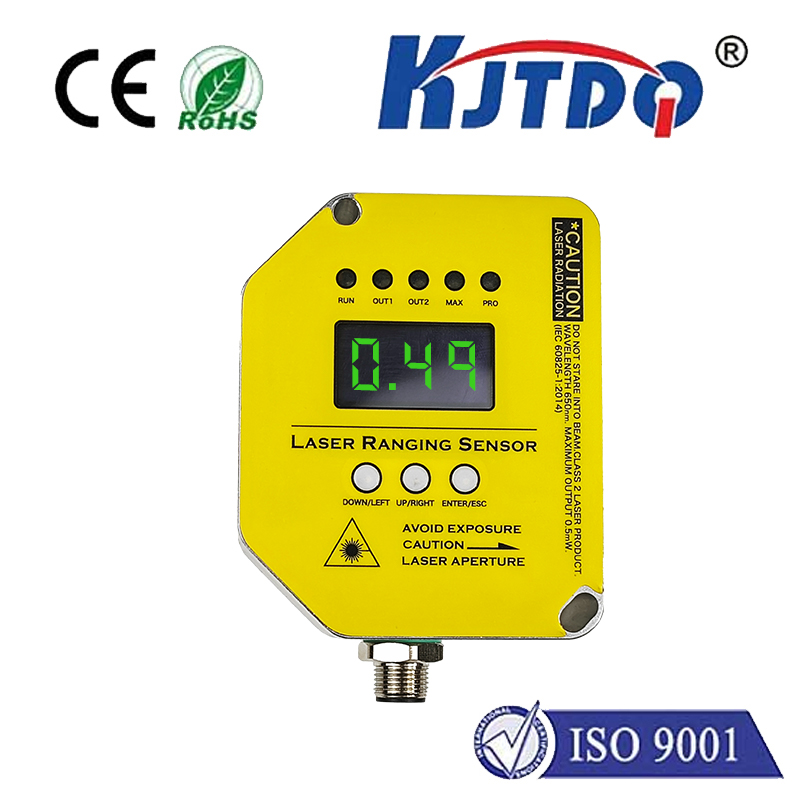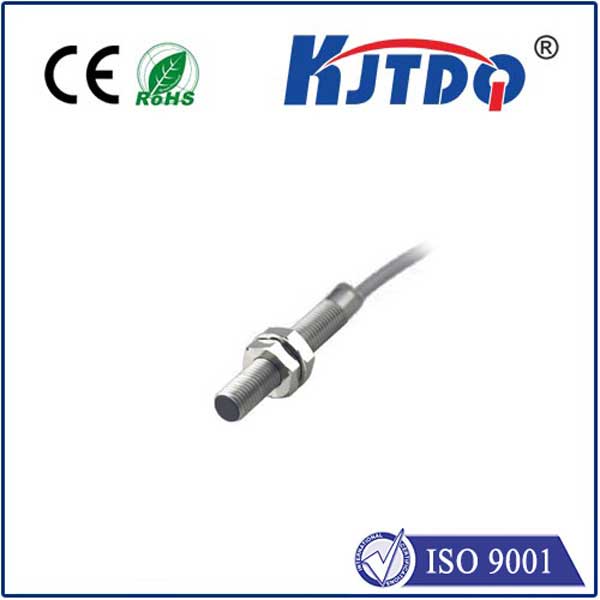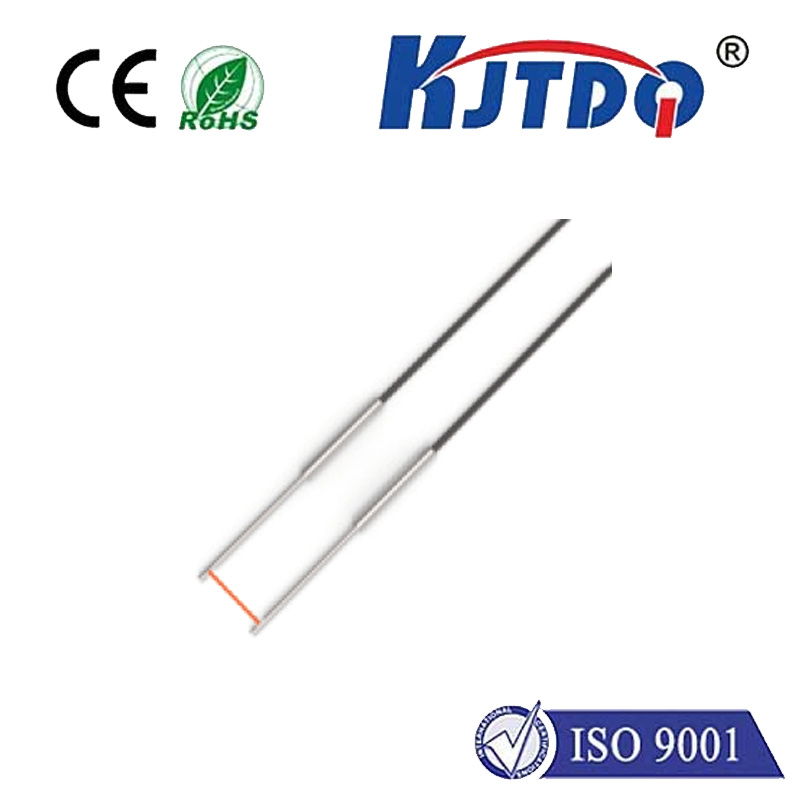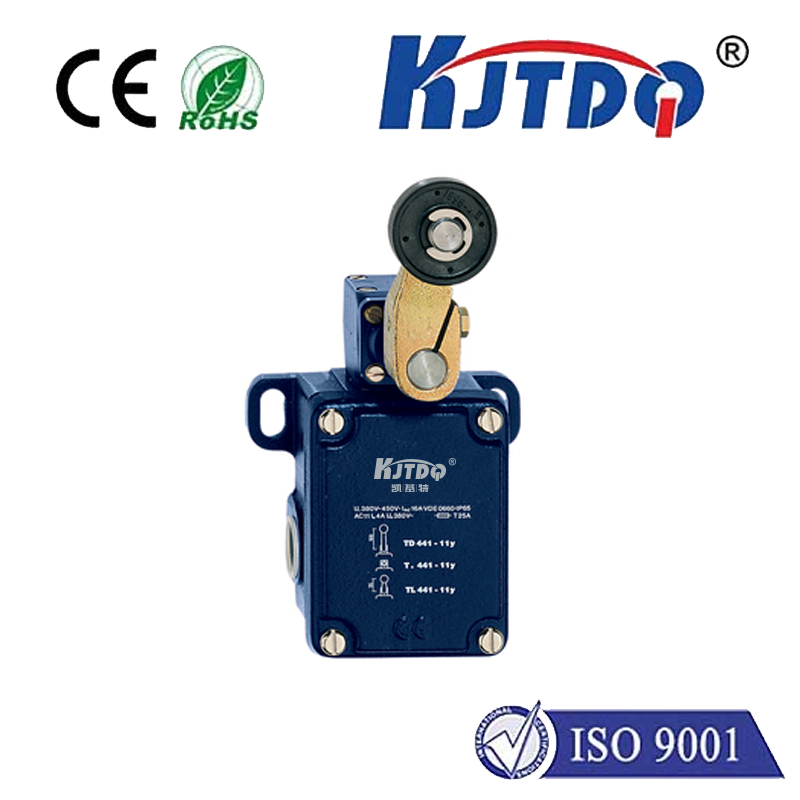

check

check

check

check

check

check

check

check

check

check
Title: Understanding Lift Limit Switches and Their Role in Robotic Systems
Lift limit switches are critical components in robotic systems that control the movement of robots in various environments. These switches function as safety devices, ensuring that robots do not exceed a predefined height limit while moving up or down. This article will explore the basics of lift limit switches, their structure, function, and importance in maintaining operational safety for robotic systems.
Section 1: Introduction to Lift Limit Switches
Lift limit switches are mechanical devices that trigger an electronic signal when the robot's lift mechanism reaches or surpasses a predetermined height. They are commonly used in industrial robots, collaborative robots (cobots), and other mobile robots for tasks such as assembly, packaging, and material handling. The switch's primary purpose is to prevent the robot from accidentally falling or crushing objects below its working height.
Section 2: Structure and Function of Lift Limit Switches
Lift limit switches can be either magnetic or electromechanical. The former consists of a metal armature that attracts or repels a permanent magnet placed on a spring-loaded shaft. When the armature reaches the end of its travel, it breaks the electromagnetic circuit that powers the switch, triggering an electronic signal to stop the robot's movement. In contrast, electromechanical lift limit switches use a contactor that connects to an electrical power source when the lift mechanism reaches its full extension or retraction. Once the contactor is engaged, the power supply is interrupted, stopping the robot's motion.
Section 3: Importance of Lift Limit Switches in Robotic Systems
Lift limit switches play a crucial role in ensuring the safe and reliable operation of robotic systems. By monitoring the robot's lift height, these switches provide early warning signals if something goes awry during movement. This helps operators quickly identify and address potential hazards, preventing accidents and costly downtime. Additionally, lift limit switches allow robot designers to optimize performance by adjusting the maximum lifting height based on specific application requirements.
Section 4: Common Types of Lift Limit Switches
There are several types of lift limit switches available on the market, each with its unique features and advantages:
1. Reusable Switches: These switches can be reused multiple times without needing replacement due to their robust construction and ease of maintenance.
2. Proximity Sensors: Similar to lift limit switches, proximity sensors detect when an object is obstructing the robot's path and trigger an alarm or stop command. However, proximity sensors rely on electromagnetic fields rather than physical contact to operate.
3. Optical Limit Switches: These switches use a light barrier to detect when the lift mechanism has reached its full extension or retraction. They offer high precision and minimal friction compared to other types of switches.
4. Pressure-Switched Limit Switches: These switches work by detecting pressure changes in a fluid-filled chamber when the lift mechanism reaches its full extension or retraction. They require minimal maintenance but may not be suitable for all applications due to their sensitivity to external factors such as temperature changes and vibration.
Conclusion:
Lift limit switches are essential components in modern robotic systems, ensuring safe and reliable operation in various industries. By understanding their structure, function, and importance, we can make informed decisions about selecting the right type of switch for our specific needs. As technology continues to advance, we can expect lift limit switches to evolve and become even more integrated into future generations of collaborative robots and mobile robotic systems.
